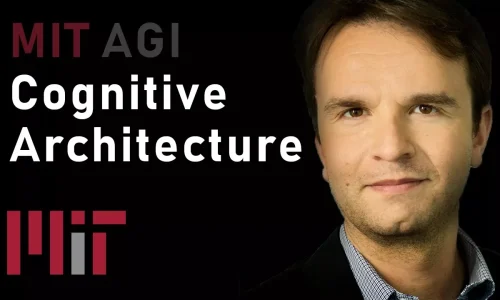See all Lex Fridman transcripts on Youtube

MIT AGI: Cognitive Architecture (Nate Derbinsky)
1 hours 30 minutes 51 seconds
🇬🇧 English

Omnivision Solutions Ltd
- Getting Started
- Create Transcript
- Pricing
- FAQs
- Recent Transcriptions
- Roadmap

1 hours 30 minutes 51 seconds
🇬🇧 English

Omnivision Solutions Ltd